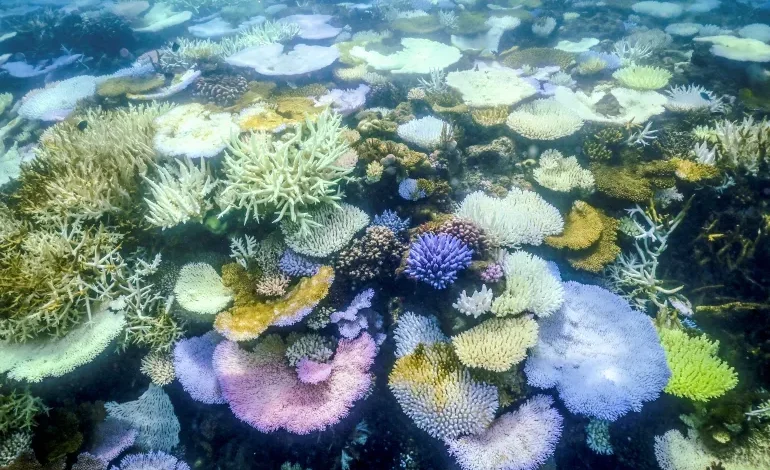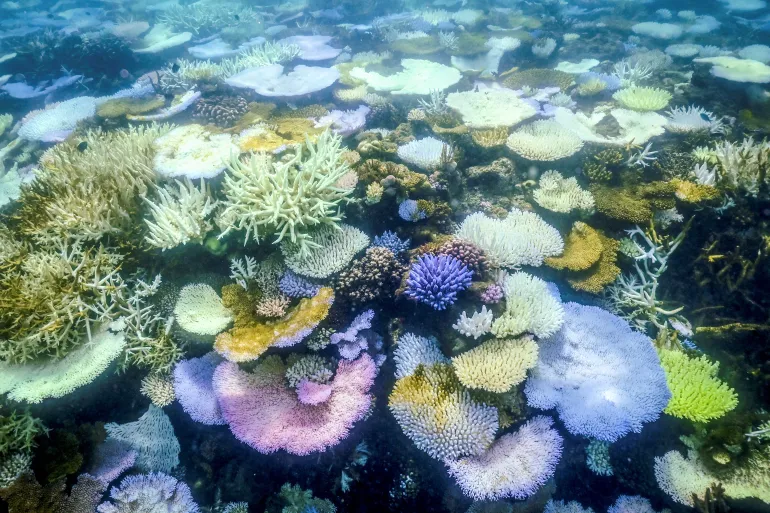Great Barrier Reef Suffers ‘Significant Coral Mortality’ After Cyclones, Bleaching, Flooding

The Great Barrier Reef has experienced significant coral mortality following a summer of extreme weather events and mass bleaching, Al Jazeera reports, citing new data from the Australian Institute of Marine Science (AIMS).
Surveys conducted between August and October across 19 reefs revealed coral mortality rates as high as 72 percent on 12 of those reefs.
The AIMS report, released Tuesday, highlighted the devastating impact of Tropical Cyclones Jasper and Kirrily, along with severe flooding and a prolonged period of freshwater inundation between December 2023 and March 2024. The Cooktown-Lizard Island sector saw the largest annual decline in hard coral cover in 39 years of monitoring – a loss of more than one-third.
This year marks the fifth mass bleaching event on the reef in the last eight years. The bleaching, exacerbated by unusually high water temperatures, causes coral to expel the symbiotic algae that provide them with nutrients, leading to a whitening effect and ultimately death if the stress persists. The current surveys reveal that fast-growing Acropora coral, crucial for reef regeneration, suffered the highest mortality rates.
Head researcher Mike Emslie described the past summer as “one of the most severe events” ever recorded on the Great Barrier Reef, emphasizing the unprecedented levels of heat stress.
The Great Barrier Reef, a UNESCO World Heritage site and one of the world’s most biodiverse ecosystems, stretches over 2,300km along Australia’s northeastern coast. It supports a vast array of marine life, including hundreds of coral species, over 1,600 fish species, and numerous other creatures. The repeated bleaching events threaten this unique ecosystem and its significant tourism value.
Australia, a major exporter of gas and coal, has recently committed to carbon neutrality targets.








